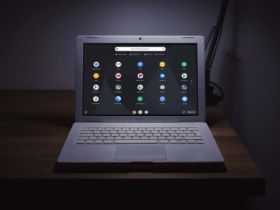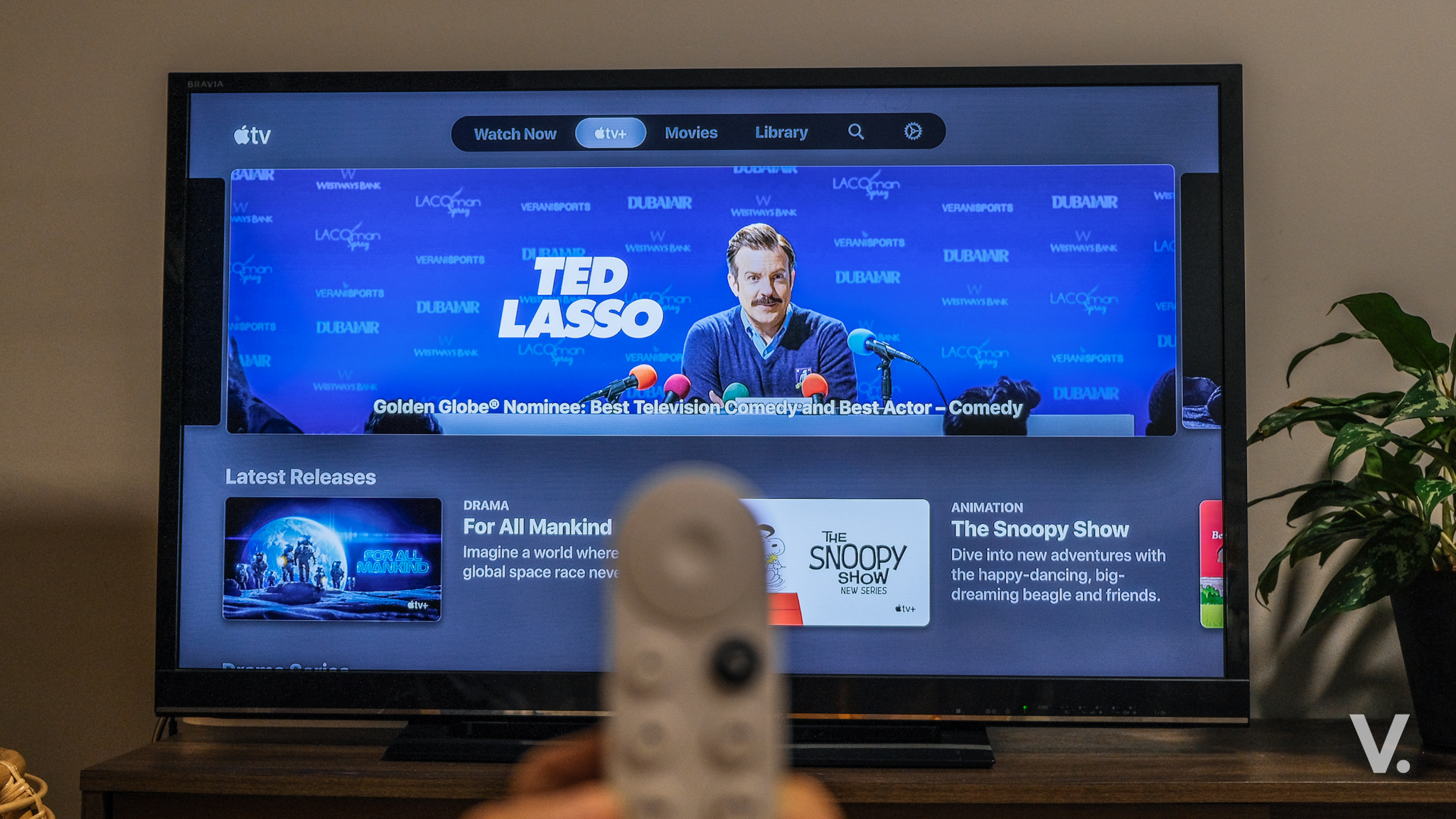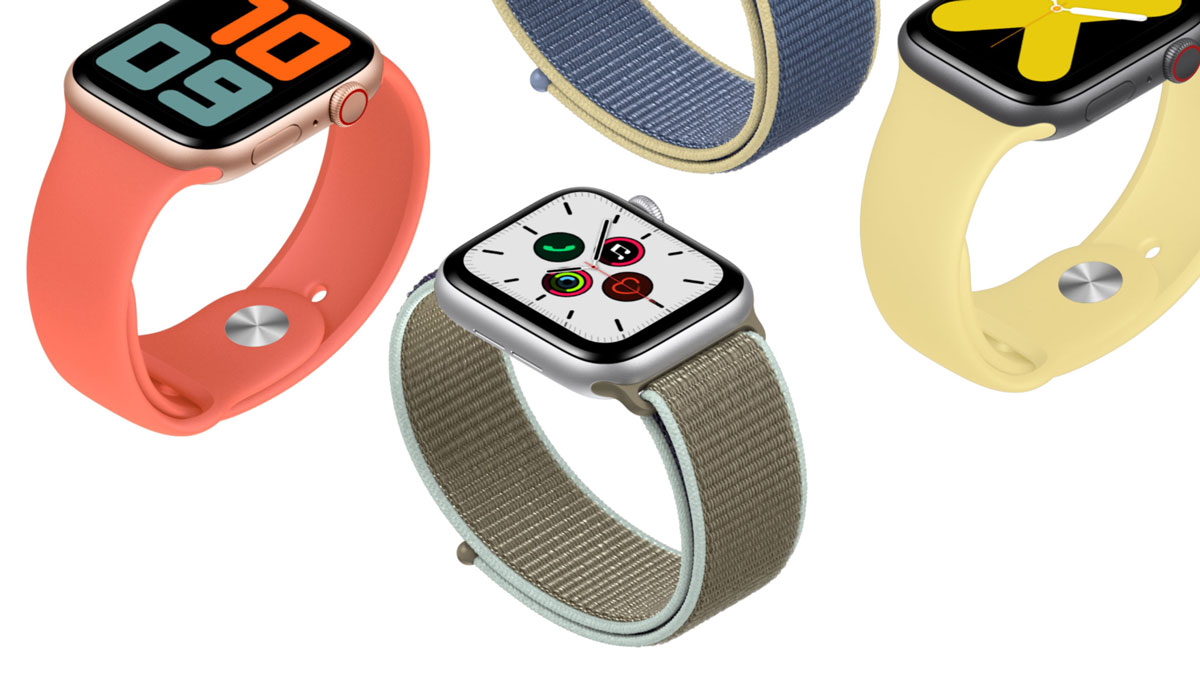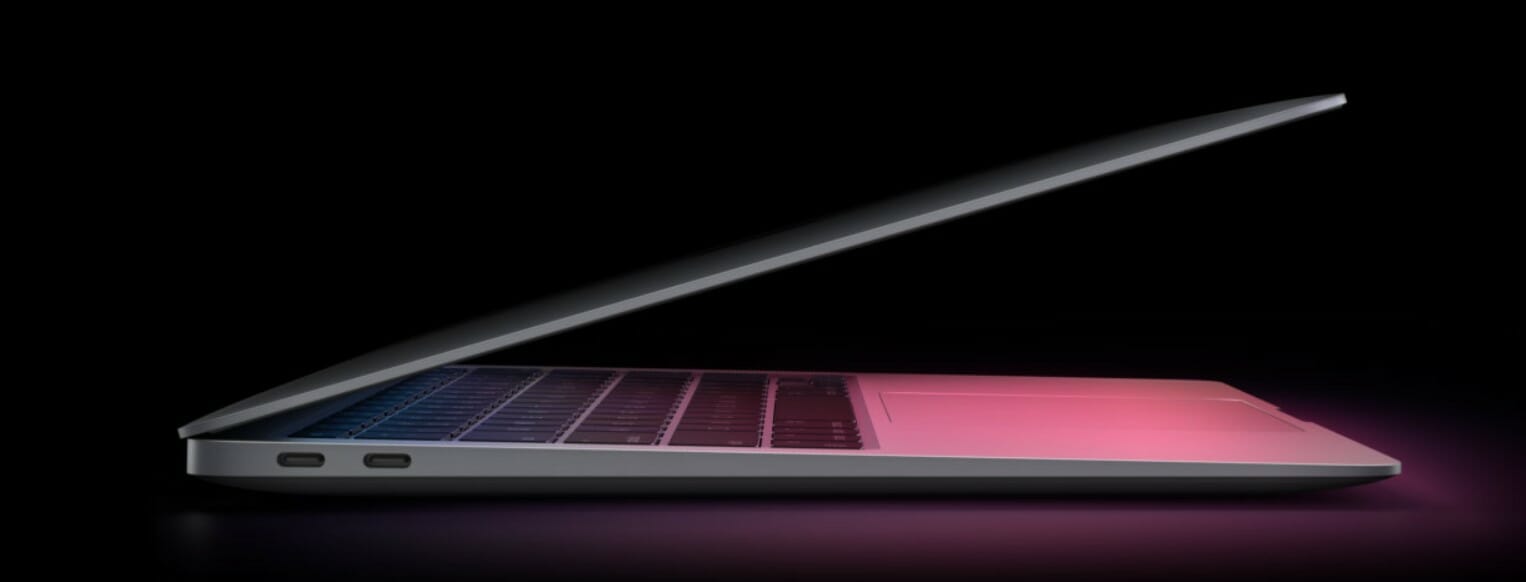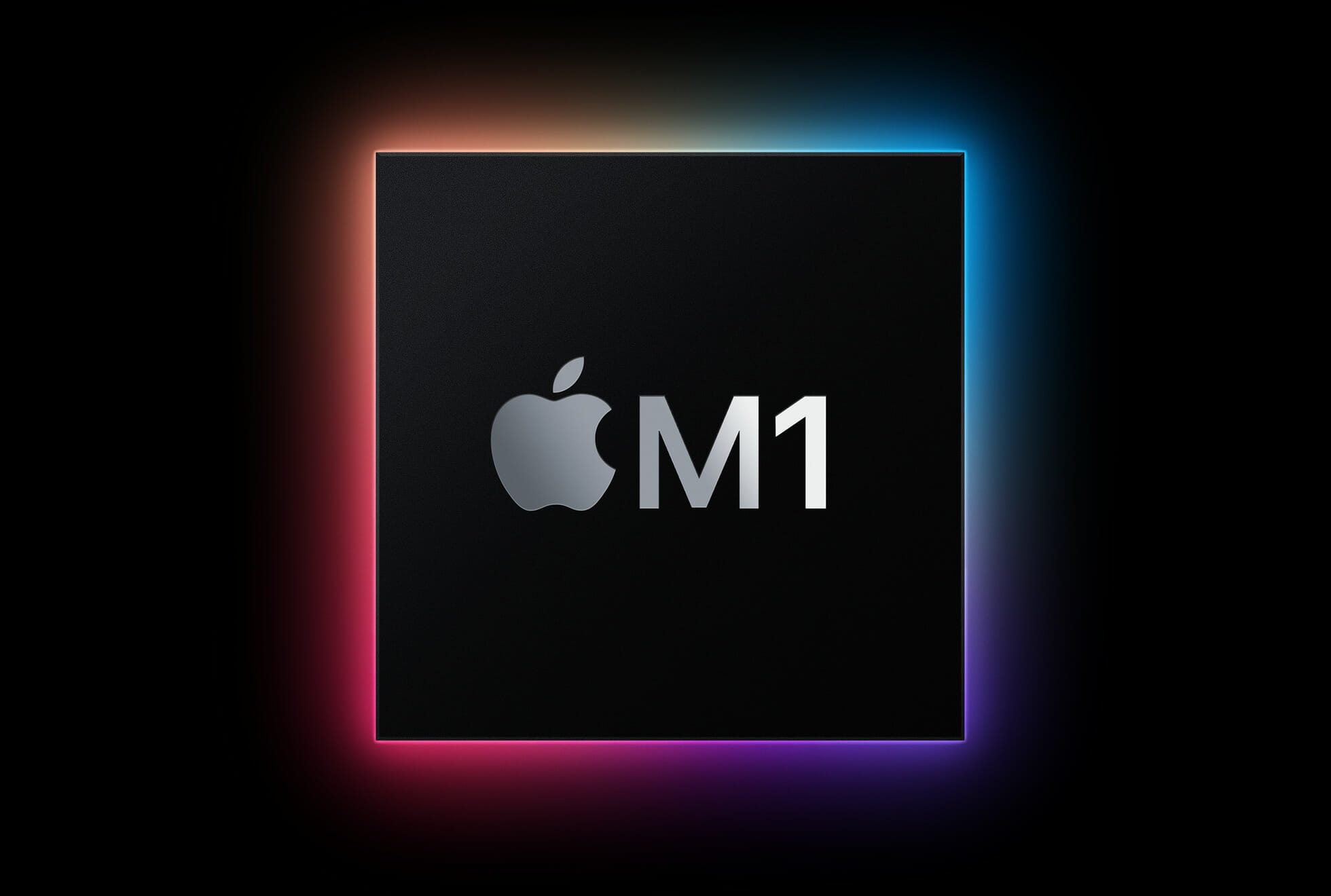After over a year being left unattended, Apple finally gave the iPad Air a refresh at its “Peek Performance” event in the summer. The Cupertino company may not have reinvented the wheel with the fifth-generation iPad Air (2022) but it certainly took the no-holds-barred approach on the performance front. And oh my, what an upgrade!
iPad Air 2022: Most Affordable M1 -powered device
Following its introduction in the new iPad Pro, it seems a natural progression for Apple’s amazing new M1 chip to trickle down to its other products. Since its debut on the 2020 MacBook Air, the M1 in either Pro, Max, and Ultra form, is now standard feature across all of Apple’s desktops and laptops — from the Mac mini, iMac, MacBook Pro, MacBook Air, and the new Mac Studio.
This is a huge deal for the iPad Air. Not merely the exponential performance gains but also because, starting at USD599, it makes the iPad Air 2022 the most affordable M1-powered device you can buy right now.
Can the Apple Silicon-powered iPad Air reclaim its throne as the best tablet (at least for most people) in Apple’s tablet portfolio?
For the most part, the iPad Air ticks all the checkboxes as the all-rounder tablet of choice. And for most people, it’s likely the perfect tablet, if you can forgive the paltry storage options and the familiar 2020 design.
So, let’s have a look at what hasn’t changed.
If it ain’t broke, don’t fix it
Apple chose not to redesign the new iPad Air, hence, it’s exactly the same design and build as its predecessor. But it’s not really a bad thing is it? You’ll get the familiar all-aluminium body and flat sides ala iPad Pro, exuding Apple’s signature design and impeccable build.
It’s so remarkably the same that you can use existing iPad Air accessories namely Smart Cover, Magic Keyboard, Apple Pencil 2, cases, screen protectors, and more.
What you do get are new colours: choose from metallic Blue, Pink, Starlight, Purple, and who can forget the all-time favourite Space Grey?
If I were to nitpick, I’d love for it to have 2022-worthy thin bezels to optimise screen real estate further but that aside, there’s little or nothing to complain about.
The power button that integrates a Touch ID fingerprint scanner, volume rocker, speaker grilles and USB-C charge ports are precisely where they were as in the old, not forgetting the Apple logo and smart connector pins on the rear.
The front sports a fully-laminated 10.9-inch Liquid Retina display that pushes 2360 x 1640 pixel resolution (264 ppi pixel density) and 500 nits of peak brightness. The panel is treated with an anti-reflective and fingerprint-resistant oleophobic coating. It’s a more-than-decent display–colour reproduction is spot on with P3 wide colour gamut and True Tone.
It’s a smidgen smaller than the 11-inch iPad Pro but that’s not the only difference.
The iPad Air display lacks the fancy ProMotion variable refresh rate (that goes up to 120Hz) and mini LED panel found on the iPad Pro. To be honest, most people won’t miss ProMotion unless they’re playing a specific type of game e.g. Asphalt 9 or Genshin Impact. It definitely won’t matter if all you do is read news articles and watch videos.
It’s one of those nice-to-have features but it’s also a USD150 premium. A sum that could be used to pick up the 256GB storage model instead of the lame entry-level 64GB.
Which brings me to one particular gripe, perhaps the only one true gripe of this device — storage. Apple still thinks 64GB of storage in 2022 is acceptable. No change since the iPad Air 3 in 2019. Apple currently offers only two configurations: 64GB and 256GB. Let’s just say paltry is an understatement.
A base of 256GB with up to 512GB or 1TB of storage would have been ideal. That being said, iCloud storage is highly affordable; perhaps Apple is subliminally pointing you towards the cloud storage route instead.
In case you missed it, read my previous article about iCloud+ storage.
Disappointingly, there’s no Face ID on the new iPad Air. Touch ID, embedded in the power button, remains the solitary biometric authentication method. Granted, Touch ID works incredibly well — it’s snappy, accurate and a cinch to set up. Nonetheless, it would have been a nice-to-have feature.
Apple has stuck with the single camera setup on the iPad Air. The same venerable 12MP f/1.8 sensor that has its origins from the iPhone. It’s a capable shooter of course and thanks to Apple Silicon, gives the old sensor some added computational photography legs, and then some.
On that note, I almost never shoot with my iPad (Pro) but if you do, the photos will come out just fine.
One final thing that is left untouched — the dual stereo speakers. No fancy quad speakers as found on the iPad Pro but…the Dolby Atmos-certified speaker system still rocks. Apple has been doing some commendable stuff with audio on its devices and the iPad Air impresses in this department.
Now, here’s what’s new on the fifth-gen iPad Air.
New things that matter
First up on the upgrade list: the front-facing shooter. The old but capable 7MP sensor makes way for a 12MP sensor with an ultrawide lens. The shooter also gains Center Stage, a new feature that dynamically adjust framing to keep you centred during video calls. It’s a neat new trick although as some have found, not always perfect.
Moving on, the biggest and main upgrade for the iPad Air 2022 is the move from the A14 chip to the M1. Both are ARM-based chips with similar architecture but the latter is simply in a class of its own.

From a performance standpoint, it’s a HUGE deal. The M1 as you know, offers desktop-level performance and industry-leading power efficiency, as seen on Apple’s crop of desktops and portables.
Now seeing this in a sub-USD600 tablet is impressive, indeed.
As mentioned, the A14 and M1 are essentially similar in terms of architecture but the M1 has the advantage of four high-performance cores and four efficiency cores compared to the A14’s two high-performance cores.
The M1 also clocks in higher at 3.2GHz compared to 3.1GHz on the A14.
Compute cores aside, the M1 also packs three more GPU cores than its A-series cousin, which translates to even better graphics performance.
The iPad Air’s Geekbench 5 scores are what you’d expect from an M1-powered device. The Air scores 1,706 on the single-core and 6,966 on the multi-core tests, consistent with other M1 devices.
The M1 is a massive upgrade for the Air, even though most people would not need this sort of power. I guess it’s a future-proof type of purchase here and also an alternative to the iPad Pro for content creators on a tighter budget. Regardless, if you’re looking to buy the Air and keep it for more than three years, then it should serve you well.
Another notable upgrade is 5G connectivity. For USD150 more, you can opt for the cellular model that features the same sub-6GHz 5G support as the new iPad mini. There’s no ultrafast mmWave support, though. Depending on which region you’re from, this may not matter much. Case in point — Malaysia, where I’m from — such laggards when it comes to 5G connectivity. But that’s another story in itself.
Last but not least, what Apple probably didn’t tell you, was that it uprated the USB-C port, now with USB3.1 Gen 2. In layman terms, it offers 10Gbps data transfer rates, double of the old. If you use external storage and plug in SSD or NVME-based flash storage then you’ll notice the speed gains. Note that it’s not as fast as the Thunderbolt 3 port found on the Pro but nonetheless, it’s a much-appreciated upgrade.
The Air of course, runs iPad OS, now version 15.4.x, an evolving operating system that has become better with age. The latest version brings some new tricks to the plate such as Universal Control, SharePlay, Quick Notes, and makes the Air a joy to use and an improved laptop alternative.
iPad Air vs iPad Pro
IMHO, the Air fits nicely in the middle of Apple’s tablet family. The iPad remains the most affordable and accessible by a mile, while the Pro, well, offers pro-level features.
The iPad Air, for most people, will be the perfect tablet. It’s every way the modern tablet you’d expect in 2022: it rocks a contemporary design with superb build quality, great screen, outstanding performance and excellent software experience.
That said, because of how Apple has priced the Air, the lines are a little blurred, especially when you throw the 11-inch iPad Pro into the mix.
Let’s have a quick look at what I mean.
The base 64GB iPad Air (Wi-Fi) retails at USD600 while the base 128GB 11-inch iPad Pro sells for USD800, a USD200 difference.
Sure, it’s cheaper to start at the base but let me remind you that it’s a pathetic 64GB of storage, so I’d recommend the 256GB variant instead. That option will set you back USD750. The equivalent iPad Pro storage model is USD900, a USD150 premium.
But what if…you considered the 128GB iPad Pro instead of the 256GB iPad Air? A mere USD50 separates the two. Sure, you’ll get half the storage but think of what you’ll gain: Liquid Retina XDR (that sweet 120Hz and mini LED), LiDAR camera, and Thunderbolt 3, amongst other things. If these things matter to you, then I’d say go Pro.
Or…
Just get the base 64GB iPad Air. Why? It’s only USD600 and you can make up for the storage handicap with iCloud+ storage. This will save you some bucks since iCloud storage is CHEAP.
50GB is just USD0.99 a month while the 200GB sweet spot is a mere USD2.99 a month. For power users, iCloud+’s 2TB tier is only USD9.99 per month.
Remember iCloud+ doesn’t come with just storage but also other features like iCloud Private Relay, Hide My Email, Custom Email Domain, HomeKit Secure Video support and the ability to share everything with up to five other family members.
Want to take it further? Go Apple One (starts from USD9.99), which bundles Apple’s other services including Apple Music, Apple TV+, Apple Fitness+, Apple Arcade, and Apple News+ (region dependent).
So, what do you think? Would you go iPad Air or iPad Pro? Let me know in the comments!



